Why Does Fabric Fray?
Fraying is one of the most common frustrations when working with fabrics, especially delicate ones like satin, lace, chiffon, or even loosely woven cotton. It can ruin a clean seam, distort the shape of a garment, or cause decorative edges to unravel. Whether you’re a home sewist or a professional upholsterer, understanding how to prevent fraying is essential for clean, long-lasting results.
The Case of Satin: Slippery But Elegant
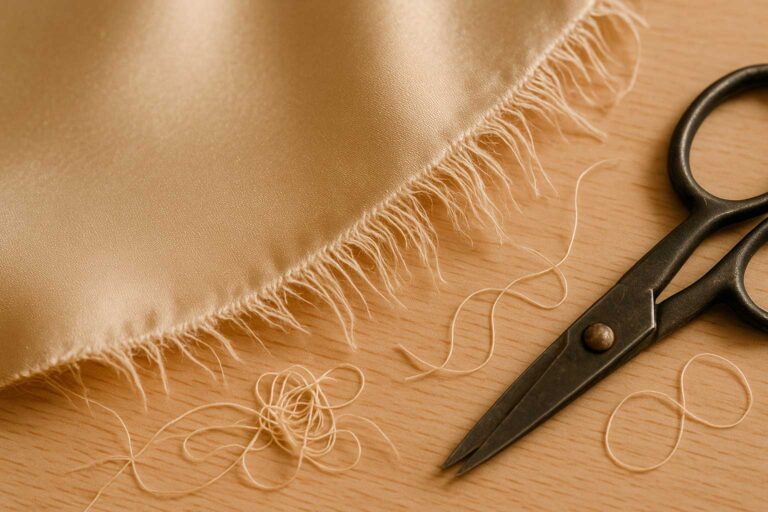
Satin is known for its elegant shine and fluid drape, but it’s also notorious for fraying at the edges. One way to reduce this is by using a narrow zigzag stitch or serger. Craftsy recommends applying lightweight fusible interfacing to satin edges before sewing. At Big Z Fabric, we often suggest this method to customers working on formalwear and bridal pieces.
Lace: When Threads Are Part of the Design
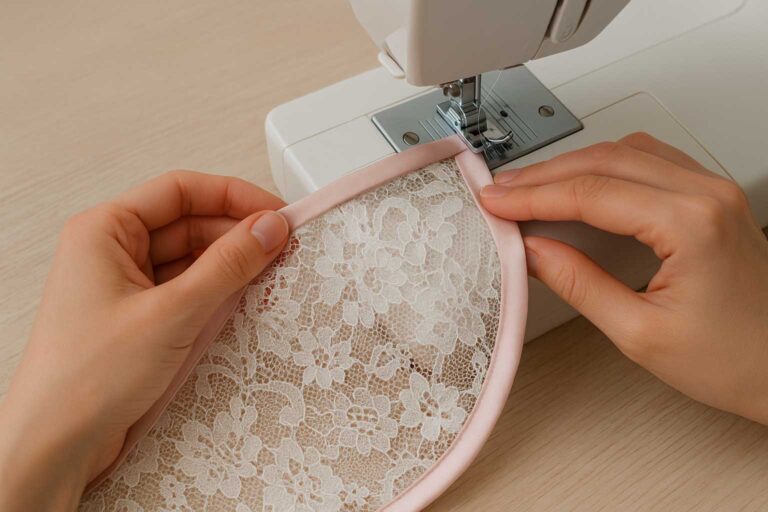
Lightweight Fabrics: Chiffon, Organza, and Voile
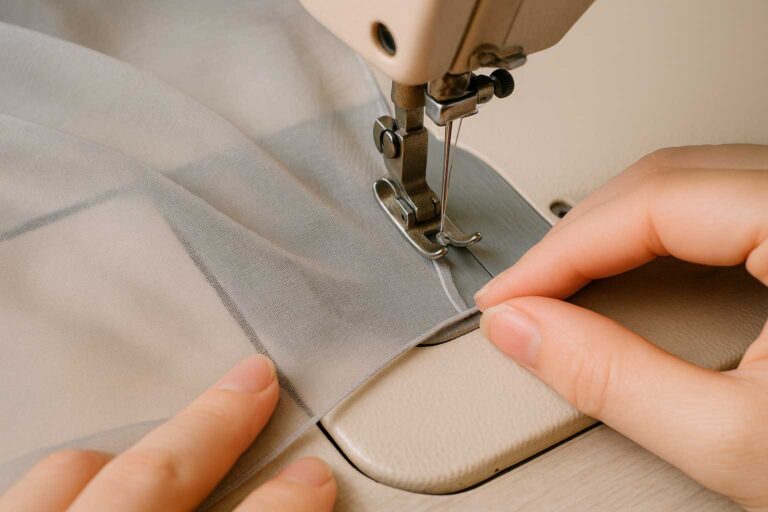
Heavier or Specialty Fabrics
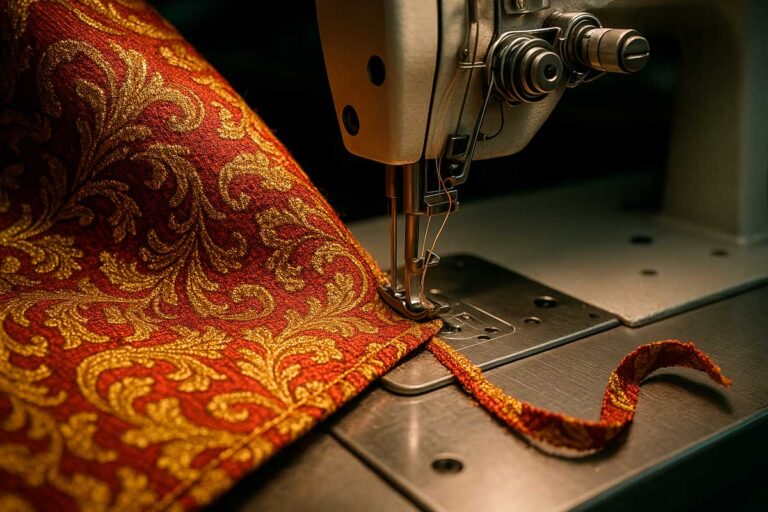
Extra Tips from the Sewing Community
The Role of Seam Construction
Beyond edge finishing, your seam choice plays a major role in how a fabric behaves long-term. Flat-felled seams, French seams, and bound seams do more than look professional they enclose raw edges entirely, protecting them from friction and wash cycles. Using these seam styles in combination with edge treatments offers the best of both worlds: a strong structure and a clean look.
Final Thoughts
Fraying might seem like a small problem at first, but it can undermine an entire sewing project if left unaddressed. The key is knowing your fabric—its weave, weight, and fiber content—and adapting your approach accordingly. Whether you’re sewing a satin slip dress, a lace bridal veil, or a decorative throw pillow, there’s always a way to preserve the integrity of your fabric without sacrificing its aesthetic.
For more in-depth techniques and real-world insights, check out these helpful resources:
Craftsy – How to Stop Fabric from Fraying
Threads Magazine – Prevent Prewash Fraying
Reddit (r/sewing) – How to prevent fraying without a serger
Itchin’ for Some Stitchin’ – How to Stop Fabric Ends from Fraying
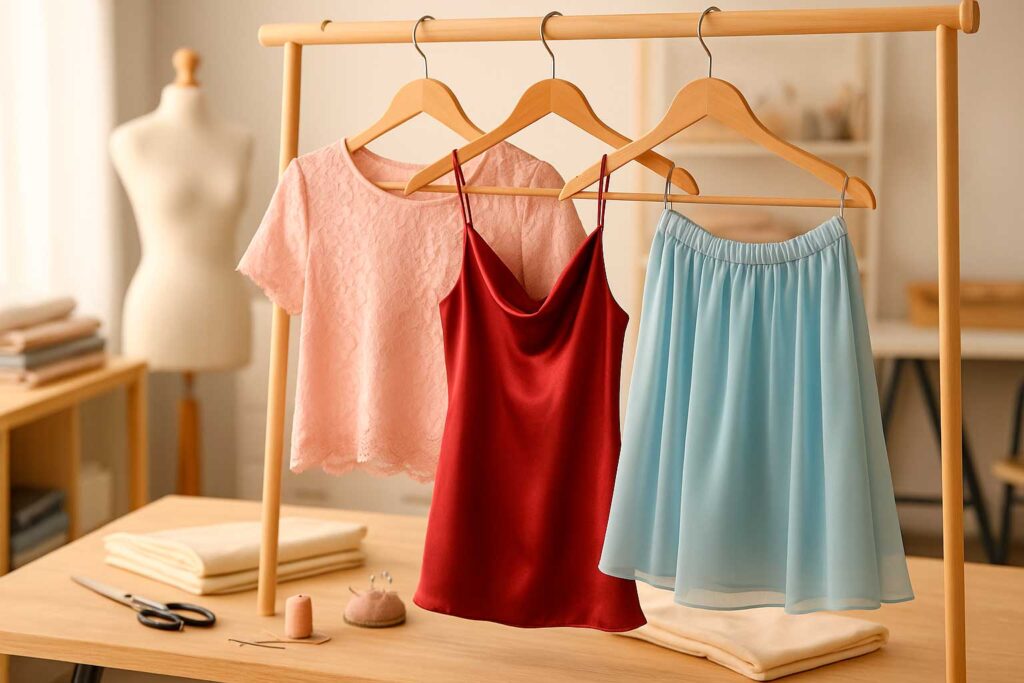
By taking the time to finish your edges properly, you’re not just preventing fraying—you’re elevating your craftsmanship and ensuring your work lasts.
